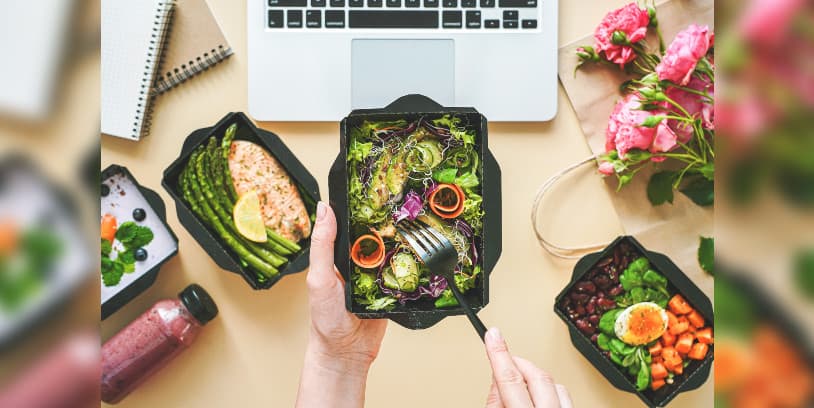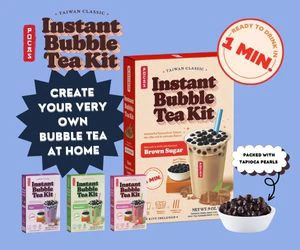Although the pandemic gave us time to cook at home, discover new dishes and learn about new culinary alternatives, the reality is that families are increasingly looking for ready-to-eat meal options.
This stems from the lack of time and not having immediate access to the right ingredients. With the new routine, time is shorter and shorter, and families prefer to invest it in other activities rather than spending hours in the kitchen.
Nowadays, supermarket aisles are more comprehensive in their frozen and refrigerated areas. The options of complete ready-to-eat meals are growing exponentially, and the basic ingredient isles are becoming smaller and smaller with less variety.
Related Article: The Impressive Growth of Grocery Sales in the U.S. Over the Last Two Decades
We can find from the individual or family portion meals compared to 20 years ago where the most common was only pizza. Today we can find alternatives of Chinese, Indian, Mexican, Central American, etc., with varieties of low fat, homemade flavor, etc. At really affordable prices, there is no doubt that these ready-to-eat meals are becoming a big trend at a national level in the United States where they already want everything included.
Under this parameter of having immediate access, everything ready to heat, and the increased use of apps to place your grocery orders with deliveries in less than 30 minutes, offers us a significant area of opportunity to grow in sales and make ourselves known in new markets.
Brand education and thinking about providing ready-to-eat meal alternatives to the consumer are mandatory. Whoever does not follow these premises will be out of the market quickly because the big players are doing it and designing strategies to create better alternatives.
This sounds scary for smaller brands. However, it gives them an excellent opportunity to keep up with the big players, as creativity, well-focused strategies, and digital campaigns can make David beat Goliath in this new digital shelf battle.
The post-pandemic consumer has become a digital shopper who makes quick purchasing decisions. The shopper relies on the experience they can gain from the brand and the information they have access to immediately before making the purchase, but, above all, it is based on two fundamental premises:
- Time-saving.
- Everything integrated.
Even supermarket chains such as Publix are making their own-brand packages of complete dinners for families, where the consumer can see tangible savings in purchasing these ready-to-eat kits. In addition, it offers variety, turning the shopper into a fan of daily consumption of the chain’s products, and better yet, they take it home with them.


